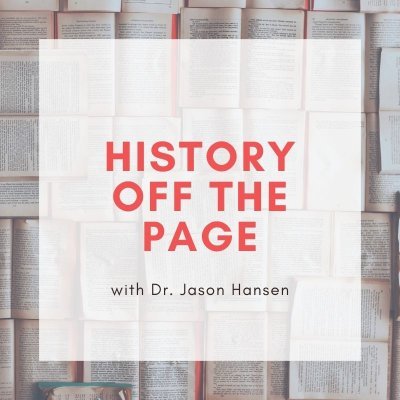This is a placeholder for your sticky navigation bar. It should not be visible.
Born as Ioseb Jughashvili, this son of a shoemaker would strike fear in the hearts of millions as the Soviet dictator Joseph Stalin. In the first part of this two episode series, learn how Stalin built perhaps history’s most ruthless dictatorship, why it became a living nightmare for those who lived through it. Among other topics, the episode discusses the leadership battle to succeed Lenin, the Great Purges of 1930s, the establishment of GULAGs, and the Holodomor – a Holocaust-like planned famine that targeted Soviet Ukraine.
In the second episode we try to understand how ordinary people supported Stalin and this incredibly violent system. The heart of the matter, the episode argues, was Stalin’s attempt at rapid industrialization, which transformed the Soviet Union into a global power.Massive building projects like Magnitogorsk or the White Sea canal were celebrated as incredible achievements that justified suffering. As the popular saying went, in order to make an omelette, you have to break some eggs.
Click on the links below to view additional sources and references.
Image: Poster of Azerbaijan 1938. Public Domain
Written by one of the foremost scholars of Soviet history, Sheila Fitzpatrick’s Everyday Stalinism explores the key question of what life was like for ordinary people during Stalin’s reign. Topics covered include the culture of the party, economic shortages, the making of Soviet heroes, family life and more.
Another classic of Soviet history, Robert Conquest’s 1986 book was one of the first English-language works to examine the history of the 1930s famine and the Holodomor. Unlike Anne Applebaum’s more recent Red Famine, Harvest explores the results of collectivization in other areas of the USSR besides just Ukraine.
Stephen Kotkin’s massive history of the building of the Magnitogrsk steel works represents one of the best recent examinations of the Soviet period, highlighting the turbulent nature of everyday life in Soviet society. In particular, he does an excellent job of showing the cultural side of the Soviet economy.
Anne Applebaum’s Pulitzer prize winning history of the GULAGs provides an in-depth look at the Soviet camp system, from its invention in the 1920s until their dissolution. Like several of the other books recommended here, it gives a good sense of the cultural side of repression.




